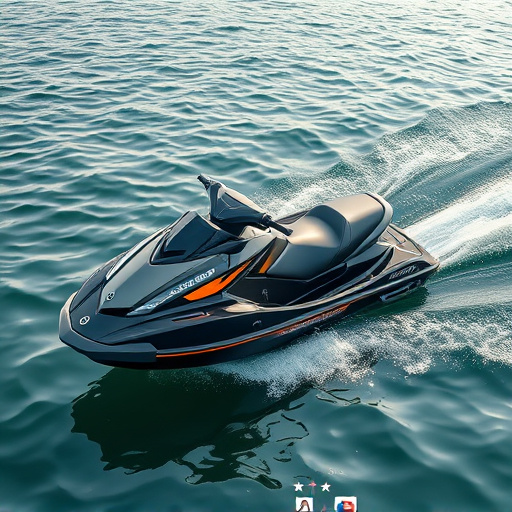Regular inspections and testing are crucial for maintaining your boat battery's health. Check for corrosion on terminals, monitor voltage (12.6-12.8V for full charge), and keep the battery compartment dry to prevent build-up. Maintain optimal charge levels (12.6-13.2 volts) using a voltmeter, avoid complete drainage, and store the battery in a cool, dry place at 40%-80% charge to prevent sulfation. Securely mount and protect terminals from damage and corrosion for optimal performance.
Maintaining your marine battery is crucial for ensuring your boat’s reliable performance. This guide offers top tips to keep your boat battery in peak condition. Regular testing and inspection are vital, as are keeping it clean and free from corrosion. Maintain optimal charge levels and learn the art of proper storage when not in use. These simple steps will extend your marine battery’s lifespan and guarantee a seamless boating experience.
- Regularly Test and Inspect Your Boat Battery
- Keep It Clean and Free from Corrosion
- Maintain Optimal Charge Levels
- Store Properly When Not in Use
Regularly Test and Inspect Your Boat Battery

Regular testing and inspection are essential practices for maintaining your boat’s battery health. It’s recommended to check your boat battery at least once a month, especially if it’s not in use during colder months. During these checks, ensure you look for any signs of corrosion on the terminals, as this can impact the battery’s performance and longevity. Corrosion build-up is a common issue, easily addressed by cleaning the terminals with a wire brush and a mixture of baking soda and water.
Additionally, testing the battery voltage regularly will help you identify any potential issues early on. Most marine batteries should maintain a voltage between 12.6 and 12.8 volts when fully charged. Using a voltmeter, you can easily test the battery’s charge level, allowing you to take prompt action if it drops below the optimal range, ensuring your boat battery remains reliable for when you need it most.
Keep It Clean and Free from Corrosion

Maintaining your marine battery in top condition is paramount for ensuring reliable performance, especially when out on the open waters. One of the most critical aspects of care is keeping it clean and free from corrosion. Corrosion can significantly reduce battery life and efficiency by creating an unstable electrical connection. Regularly inspect the battery terminals and cable connections for any signs of corrosion, such as green or black buildup. If found, use a mixture of baking soda and water to gently scrub away the corrosion, ensuring you wipe down all metal surfaces thoroughly.
Additionally, cleaning the area around the battery, including the tray and surrounding hardware, helps prevent future corrosion build-up. Keeping the battery compartment dry and free from moisture is essential, as excess humidity can accelerate corrosion. Always ensure proper ventilation in your boat’s battery compartment to maintain ideal conditions for optimal battery performance and longevity.
Maintain Optimal Charge Levels

Keeping your marine battery at optimal charge levels is paramount for ensuring reliable performance and extending its lifespan. Aim to keep the battery charged between 12.6 and 12.8 volts for most freshwater boats, while slightly higher voltage (around 13.2 volts) is recommended for salt water applications. Regularly monitor your battery’s state of charge using a voltmeter, especially after long periods of inactivity or during extreme weather conditions.
Avoid letting the battery drain completely, as this can damage its internal components. Deep discharge cycles can significantly reduce its capacity and lifespan. Whenever possible, use your boat frequently enough to prevent excessive drainage. If you plan on storing your vessel for an extended period, invest in a smart charger that can maintain the optimal charge level automatically, protecting your boat battery from both overcharging and deep discharge.
Store Properly When Not in Use

When not in use, proper storage is essential for maintaining your marine battery’s health and longevity. Keep it in a cool, dry place, away from direct sunlight and extreme temperatures. Avoid leaving it fully discharged; instead, maintain a charge level between 40% and 80%. This prevents sulfation, a common issue that can reduce battery performance or even render it unusable.
Ensure the battery is securely mounted to prevent movement, which could cause damage or short-circuiting. Use insulated materials around terminals to protect against corrosion, which can increase resistance and drain power. Regularly inspect for any signs of damage or leakage, addressing these issues promptly to maintain optimal performance when you need your boat battery most.
Regular testing, inspection, cleaning, and charge management are essential for keeping your marine battery in top condition. Following these simple tips will ensure optimal performance and longevity of your boat battery, providing you with worry-free cruising experiences on the water.
